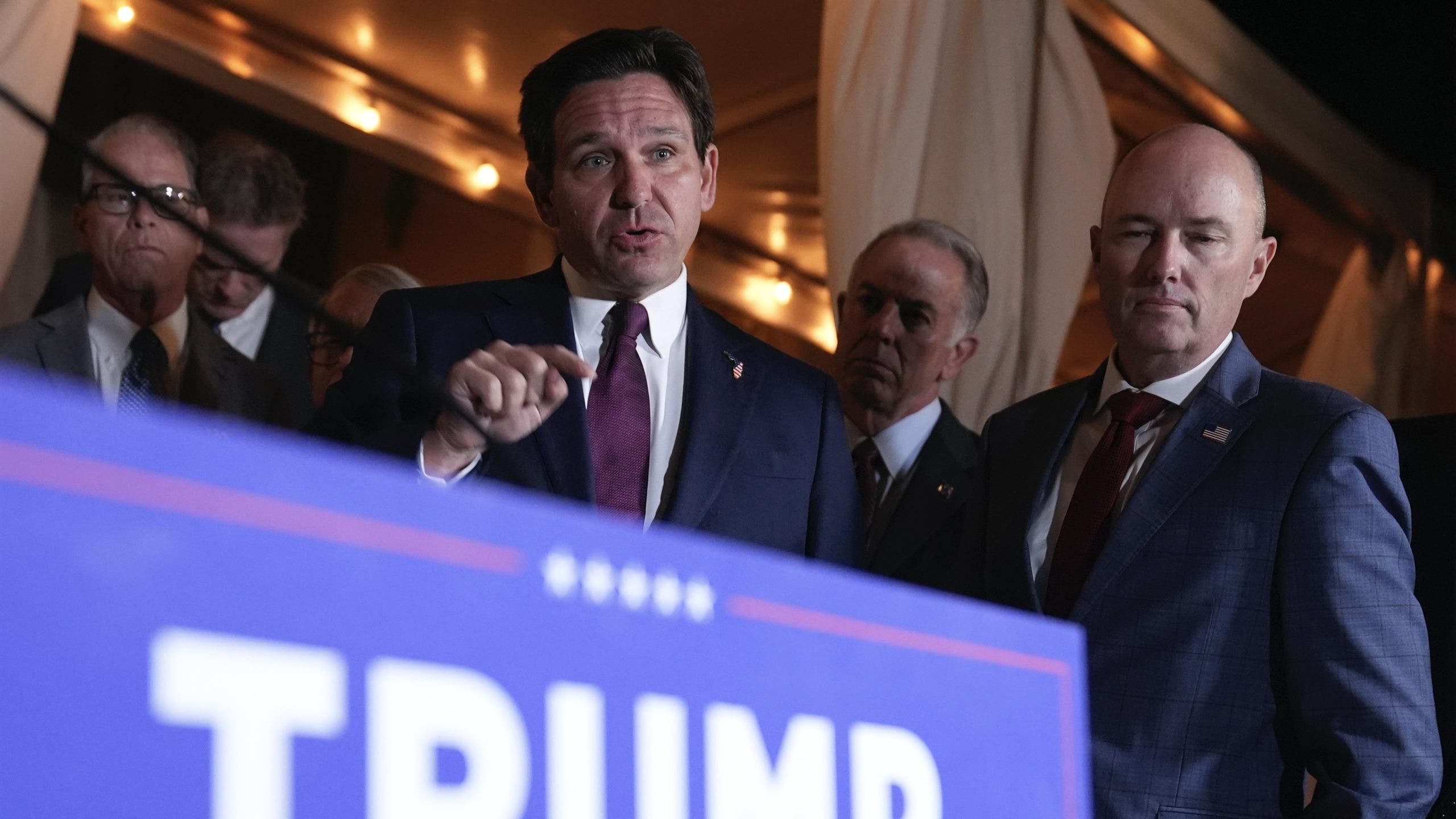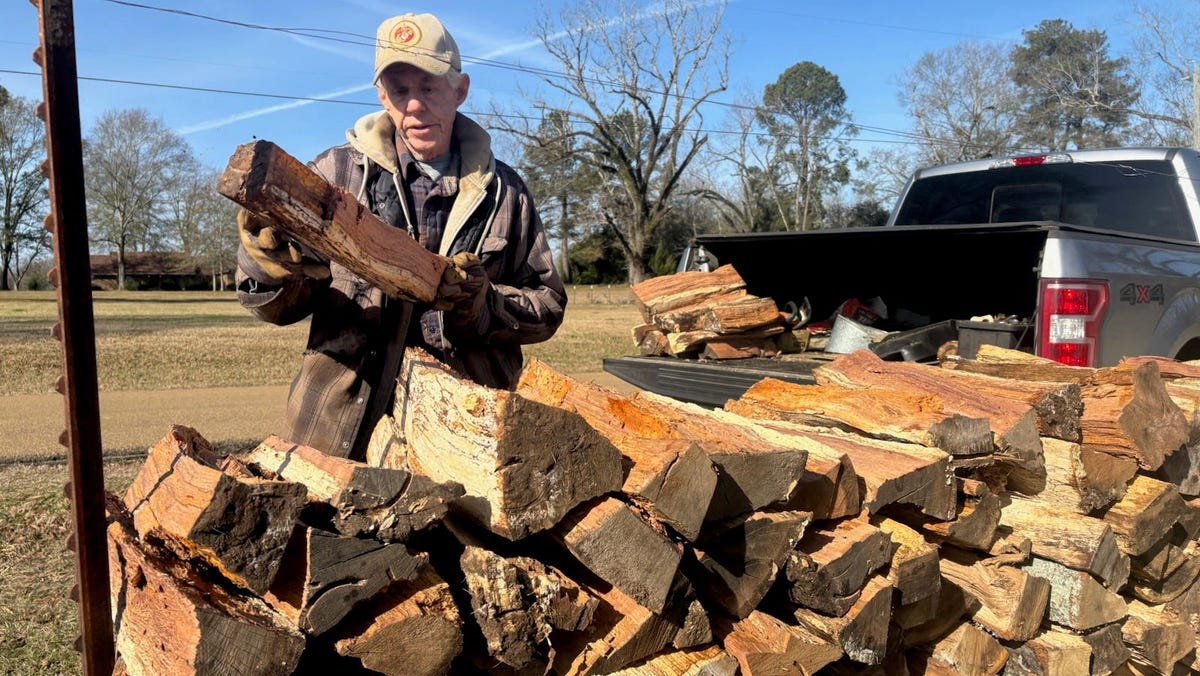World
Hollywood’s actors strike is nearing its 100th day. Why hasn’t a deal been reached and what’s next?

LOS ANGELES (AP) — While screenwriters are busy back at work, film and TV actors remain on picket lines, with the longest strike in their history set to hit 100 days on Saturday after talks broke off with studios. Here’s a look at where things stand, how their stretched-out standoff compares to past strikes, and what happens next.
INSIDE THE ACTORS-STUDIO TALKS THAT FAILED
Hopes were high and leaders of the Screen Actors Guild-American Federation of Television and Radio Artists were cautiously optimistic when they resumed negotiations on Oct. 2 for the first time since the strike began 2 1/2 months earlier.
The same group of chief executives from the biggest studios had made a major deal just over a week earlier with striking writers, whose leaders celebrated their gains on many issues actors are also fighting for: long-term pay, consistency of employment and control over the use of artificial intelligence.
But the actors’ talks were tepid, with days off between sessions and no reports of progress. Then studios abruptly ended them on Oct. 11, saying the actors’ demands were exorbitantly expensive and the two sides were too far apart to continue.
“We only met with them a couple of times, Monday, half a day Wednesday, half a day Friday. That was what they were available for,” SAG-AFTRA President Fran Drescher told The Associated Press soon after the talks broke off. “Then this past week, it was Monday and a half a day on Wednesday. And then “Bye bye. I’ve never really met people that actually don’t understand what negotiations mean. Why are you walking away from the table?”
The studios said the SAG-AFTRA proposals would cost them an untenable $800 million annually. The union said that number was a 60% overestimate.
Netflix co-CEO Ted Sarandos, one of the executives in on the bargaining sessions, said that at the session that spurred the studios to walk away, the union had asked for a “a subscriber levy unrelated to viewing or success” on every subscriber to streaming services.
“This really broke our momentum unfortunately,” Sarandos told investors on a Netflix earnings call Wednesday.
SAG-AFTRA leaders said it was ridiculous to frame this demand as as though it were a tax on customers, and said it was the executives themselves who wanted to shift from a model based on a show’s popularity to one based on number of subscribers.
“We made big moves in their direction that have just been ignored and not responded to,” Duncan Crabtree-Ireland, SAG-AFTRA’s national executive director and chief negotiator, told the AP. “We made changes to our AI proposal. We made dramatic changes to what used to be our streaming revenue share proposal,” Crabtree-Ireland said.
WHAT HAPPENS NEXT IN THE ACTORS STRIKE?
The actors are in unscripted territory, with no end in sight. Their union has never been on a strike this long, nor been on strike at all since before many of its members were born. Not even its veteran leaders, like Crabtree-Ireland, with the union for 20 years, have found themselves in quite these circumstances.
As they did for months before the talks broke off, members and leaders will rally, picket and speak out publicly until the studios signal a willingness to talk again. No one knows how long that will take. SAG-AFTRA says it is willing to resume at any time, but that won’t change its demands.
“I think that they think that we’re going to cower,” Drescher said. “But that’s never going to happen because this is a crossroads and we must stay on course.”
The studio alliance said in a statement after the talks broke off that they had made generous-but-rejected offers in every disputed area. “We hope that SAG-AFTRA will reconsider and return to productive negotiations soon,” the statement said.
The writers did have their own false start with studios that may give some reason for optimism. Their union attempted to restart negotiations with studios in mid-August, more than three months into their strike. Those talks went nowhere, breaking off after a few days. A month later, the studio alliance came calling again. Those talks took off, with most of their demands being met after five marathon days that resulted in a tentative deal that its members would vote to approve almost unanimously.
HOW DID PREVIOUS ACTORS STRIKES PLAY OUT?
Hollywood actors strikes have been less frequent and shorter than those by writers. The Screen Actors Guild (they added the “AFTRA” in a 2011 merger) has gone on strike against film and TV studios only three times in its history.
In each case, emerging technology fueled the dispute. In 1960 — the only previous time actors and writers struck simultaneously — the central issue was actors seeking pay for when their work in film was aired on television, compensation the industry calls residuals. The union, headed by future U.S. President Ronald Reagan, was a smaller and much less formal entity then. The vote to strike took place in the home of actors Tony Curtis and Janet Leigh, the parents of current SAG-AFTRA member and vocal striker Jamie Lee Curtis.
Mid-strike, the actors and studios called a truce so all could attend the Academy Awards — a move forbidden under today’s union rules. Host Bob Hope called the gathering “Hollywood’s most glamorous strike meeting.”
In the end, a compromise was reached where SAG dropped demands for residuals from past films in exchange for a donation to their pension fund, along with a formula for payment when future films aired on TV. Their 42-day work stoppage began and ended all within the span of the much longer writers strike.
A 1980 strike would be the actors’ longest for film and television until this year. That time, they were seeking payment for their work appearing on home video cassettes and cable TV, along with significant hikes in minimum compensation for roles. A tentative deal was reached with significant gains but major compromises in both areas. Union leadership declared the strike over after 67 days, but many members were unhappy and balked at returning to work. It was nearly a month before leaders could rally enough votes to ratify the deal.
This time, it was the Emmy Awards that fell in the middle of the strike. The Television Academy held a ceremony, but after a boycott was called, only one acting winner, Powers Boothe, was there to accept his trophy.
Other segments of the actors union have gone on strike too, including several long standoffs over the TV commercials contract. A 2016-2017 strike by the union’s video game voice actors lasted a whopping 11 months. That segment of the union could strike again soon if a new contract deal isn’t reached.
WHAT’S HAPPENING TO MOVIES AND TV SHOWS?
The return of writers has gotten the Hollywood production machine churning again, with rooms full of scribes penning new seasons of shows that had been suspended and film writers finishing scripts. But the finished product will await the end of actors strike, and production will remain suspended many TV shows and dozens of films, including “Wicked,” “Deadpool 3” and “Mission Impossible — Dead Reckoning Part 2.”
The Emmys, whose nominations were announced the same day the actors strike was called, opted to wait for the stars this time and move their ceremony from September to January, though that date could be threatened too.
The Oscars are a long way off in March, but the campaigns to win them are usually well underway by now. With some exceptions — non-studio productions approved by the union — performers are prohibited from promoting their films at press junkets or on red carpets. Director Martin Scorsese has been giving interviews about his new Oscar contender “ Killers of the Flower Moon.” Star and SAG-AFTRA member Leonardo DiCaprio hasn’t.
—
For more coverage of Hollywood’s labor unrest, visit: https://apnews.com/hub/hollywood-strikes/

World
Trump plans crypto-friendly orders in first few days in power

World
Israel says cease-fire begins after 3-hour delay over list of hostage names

Israel confirmed late Sunday morning a long-awaited cease-fire has gone into effect after a three-hour delay caused by Hamas not releasing the names of the three hostages it plans to release.
The agreement was set to go into effect Sunday at 8:30 a.m. local time, but was delayed until 11:15 a.m. local time. Jerusalem is seven hours ahead of Eastern time.
Israeli Prime Minister Benjamin Netanyahu held a security situation assessment over the delay in receiving the list of hostages who are expected to be released Sunday morning as part of a cease-fire agreement with Hamas, which eventually provided the names.
Hamas said a couple of hours after the agreement was scheduled to go into effect that it would be releasing hostages Romi Gonen, 24, Emily Demari, 27, and Doron Steinbrecher, 31, on Sunday. Israel confirmed it has received the names. The hostages are expected to be released later Sunday.
Earlier, Netanyahu told the Israeli Defense Forces that the cease-fire would not begin until Israel had the list of hostages expected to be freed. Since Hamas had not given the names of the hostages by the time the cease-fire was set to start, the IDF continued to operate, as it was still striking inside Gaza. At least eight Gazans have been killed in IDF strikes since the cease-fire was set to begin, according to a Hamas-run agency.
“As of this morning, Hamas has not fulfilled its obligation, and contrary to the agreement, has not provided the State of Israel with the names of the returning female hostages up to this time. The ceasefire will not come into effect as long as Hamas does not fulfill its obligations,” IDF spokesman Daniel Hagari said earlier on Sunday.
WHAT TO EXPECT AS ISRAEL-HAMAS CEASE-FIRE GOES INTO EFFECT ON SUNDAY
Romi Gonen, Emily Demari, and Doron Steinbrecher. (Fox News)
Hamas had said the delay in providing the names was due to “technical field reasons” and added that it is committed to the cease-fire deal announced last week.
The terror group released a statement after the cease-fire began, pledging to the people of Gaza “to be the trustees of their rights and defenders of them, until the complete liberation of the land and the holy sites.”
“The whole world today must stand in reverence for the legendary steadfastness of our people in Gaza, and in appreciation of their patience and sacrifices over the course of 471 days,” Hamas said.
“With the entry into force of the ceasefire, we affirm our commitment to implementing the terms of the agreement, which is the fruit of the steadfastness and patience of our great people, and the legendary steadfastness of our valiant resistance in the face of the zionist machine of terrorism and killing,” the statement continued.
Israel’s Cabinet approved the deal early Saturday morning for a cease-fire in Gaza that would include the release of dozens of hostages and pause the war with Hamas that began after the terror group’s Oct. 7, 2023, attack on the Jewish State.
The deal would allow 33 hostages to be set free over the next six weeks, in exchange for hundreds of Palestinians imprisoned by Israel. The remaining hostages are set to be released in a second phase that will be negotiated during the first.
“Our heroic prisoners have an appointment with freedom starting today, and this is our firm pledge with them always, until they break the shackles of the jailer and breathe freedom in the skies of Palestine,” Hamas said in its statement.
Hamas agreed to release three female hostages on the first day of the deal, four on the seventh day and the remaining 26 over the next five weeks.
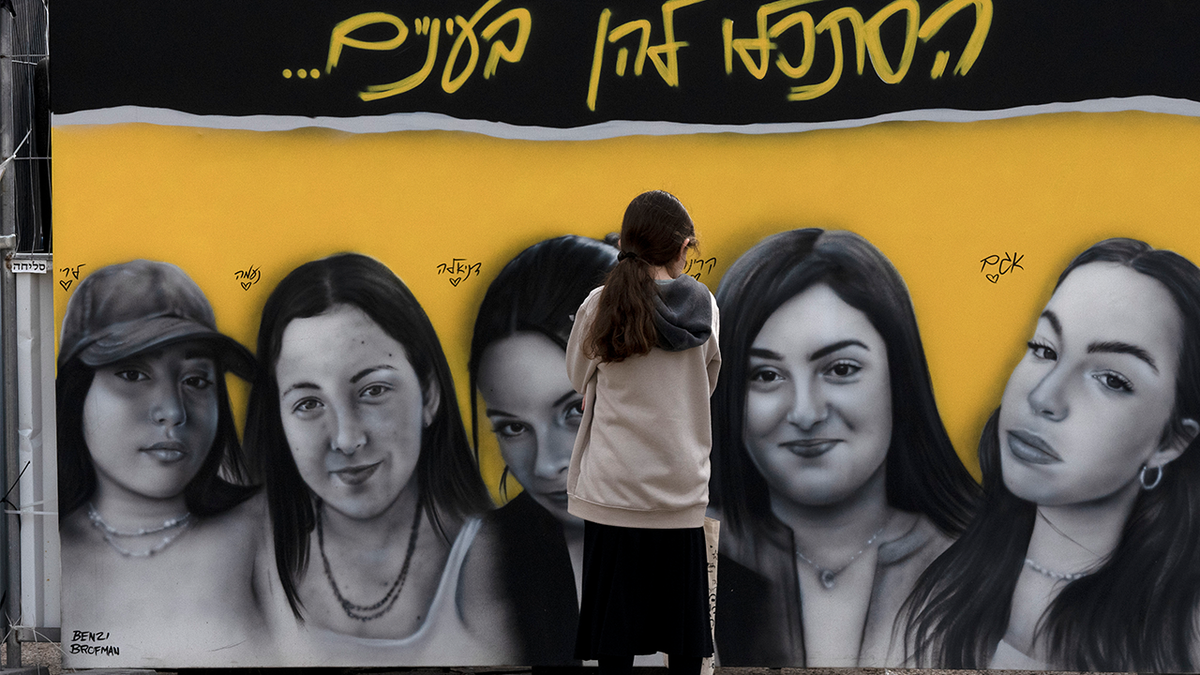
A girl pauses at a mural of female Israeli soldiers held by Hamas in the Gaza Strip, in Tel Aviv, Israel, Friday, Jan. 17, 2025. Hebrew reads: “look them in the eyes.” (AP)
Hamas has said it will not release the remaining hostages without a lasting cease-fire and a full Israeli withdrawal.
This is the second cease-fire achieved during the war.
Gaza is expected to receive a surge in humanitarian aid when the cease-fire begins.
“We are monitoring the operations of bringing in aid and providing relief to our people with everything necessary, and we confirm that all efforts will be made to provide all the necessary support and assistance requirements to restore the cycle of life in the Gaza Strip to normal,” Hamas said in its statement.
ISRAEL DEFENSE FORCES WILL RECEIVE HOSTAGES SUNDAY WITH EQUIPPED CAMPER TRAILERS AND COMFORTING SUPPLIES
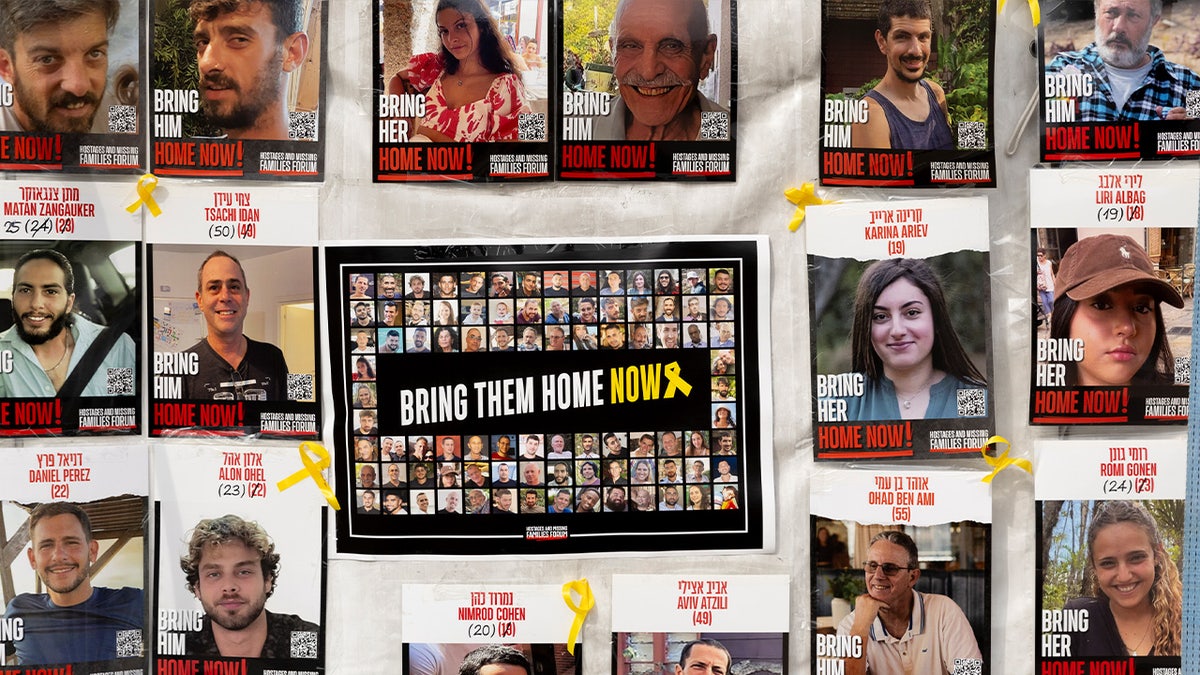
A wall covered with photos of hostages held in the Gaza Strip after the deadly Oct 7 Hamas attack calling for the release of the hostages on January 17, 2025, in Tel Aviv, Israel. (Photo by Amir Levy/Getty Images)
The 15-month-long war in Gaza started when Hamas launched a surprise attack against Israel on Oct. 7, 2023, in which roughly 1,200 people wer killed and about 250 others were abducted, prompting military retaliation from Israeli forces. Nearly 100 hostages remain captive in Gaza.
More than 46,000 Palestinians have been killed by Israel’s offensive, according to the Hamas-run government’s local health officials, who do not distinguish between civilians and terrorists.
World
Photos: Palestinians in Gaza celebrate the ceasefire

Celebrations have erupted across Gaza after a ceasefire in the war-ravaged territory came into effect on Sunday morning.
The ceasefire was announced more than two hours later than scheduled due to a dispute between Israel and Hamas over naming the captives to be freed under the deal.
Earlier on Sunday, Hamas named three captives it plans to release later in the day.
Israel’s cabinet approved the ceasefire on Saturday in a rare session during the Jewish Sabbath, more than two days after mediators Qatar, Egypt and the United States announced the deal.
-

 Science1 week ago
Science1 week agoMetro will offer free rides in L.A. through Sunday due to fires
-
/cdn.vox-cdn.com/uploads/chorus_asset/file/23935558/acastro_STK103__01.jpg)
/cdn.vox-cdn.com/uploads/chorus_asset/file/23935558/acastro_STK103__01.jpg) Technology1 week ago
Technology1 week agoAmazon Prime will shut down its clothing try-on program
-

 News1 week ago
News1 week agoMapping the Damage From the Palisades Fire
-
/cdn.vox-cdn.com/uploads/chorus_asset/file/25826211/lorealcellbioprint.jpg)
/cdn.vox-cdn.com/uploads/chorus_asset/file/25826211/lorealcellbioprint.jpg) Technology1 week ago
Technology1 week agoL’Oréal’s new skincare gadget told me I should try retinol
-
/cdn.vox-cdn.com/uploads/chorus_asset/file/25832751/2192581677.jpg)
/cdn.vox-cdn.com/uploads/chorus_asset/file/25832751/2192581677.jpg) Technology4 days ago
Technology4 days agoSuper Bowl LIX will stream for free on Tubi
-

 Business5 days ago
Business5 days agoWhy TikTok Users Are Downloading ‘Red Note,’ the Chinese App
-
/cdn.vox-cdn.com/uploads/chorus_asset/file/25835602/Switch_DonkeyKongCountryReturnsHD_scrn_19.png)
/cdn.vox-cdn.com/uploads/chorus_asset/file/25835602/Switch_DonkeyKongCountryReturnsHD_scrn_19.png) Technology2 days ago
Technology2 days agoNintendo omits original Donkey Kong Country Returns team from the remaster’s credits
-
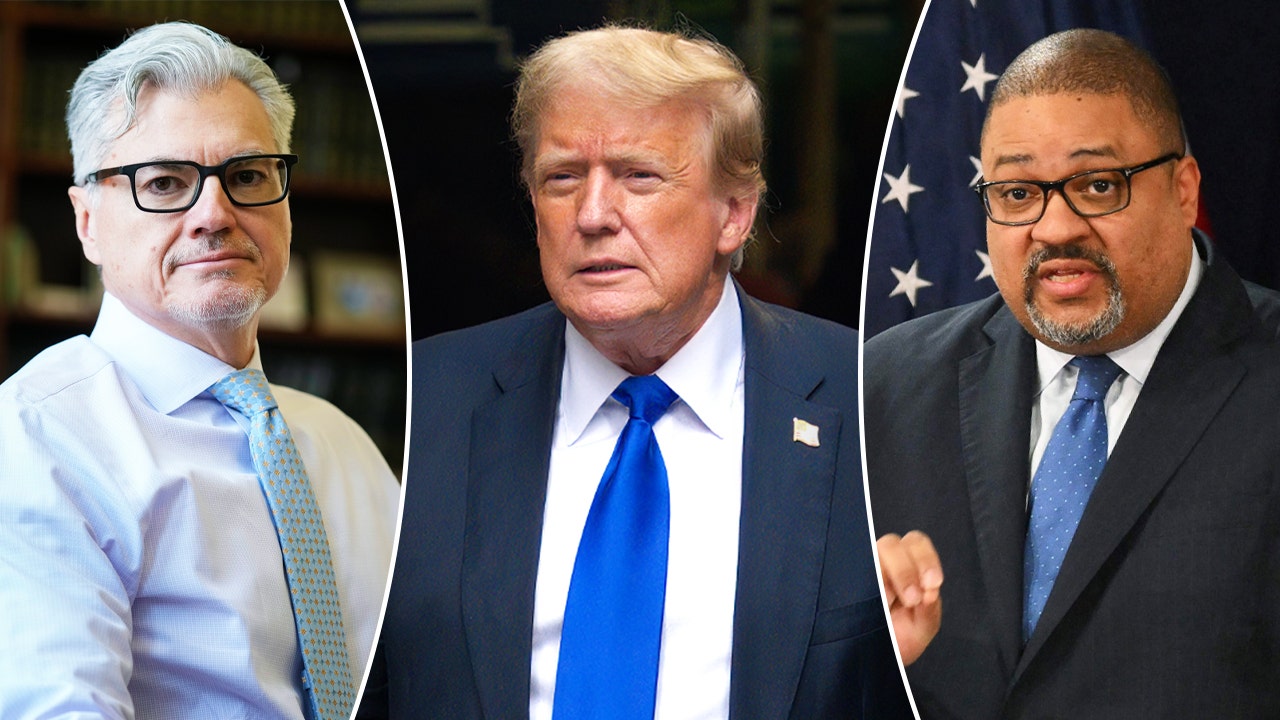
 Politics1 week ago
Politics1 week agoTrump to be sentenced in New York criminal trial













